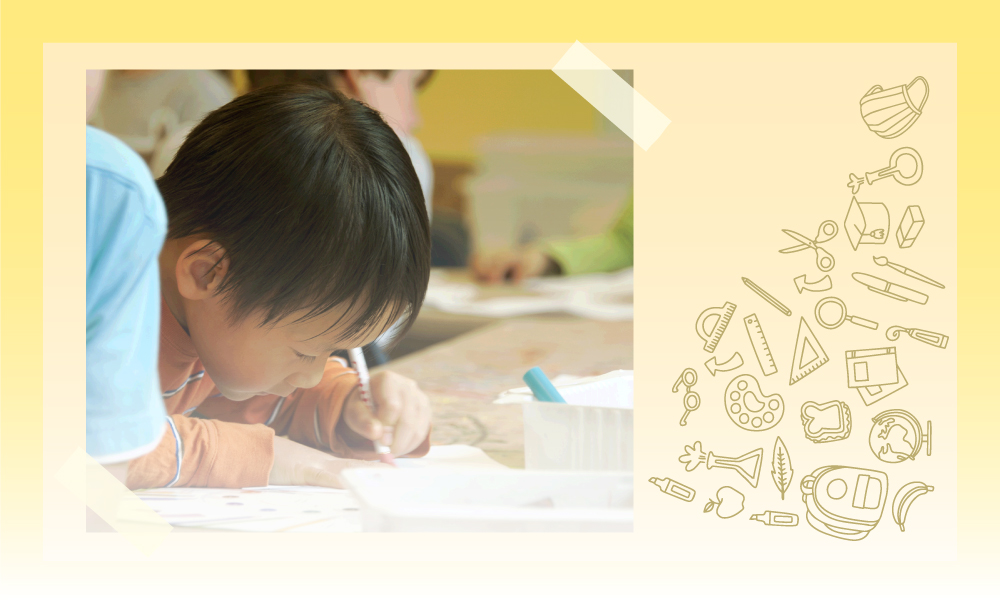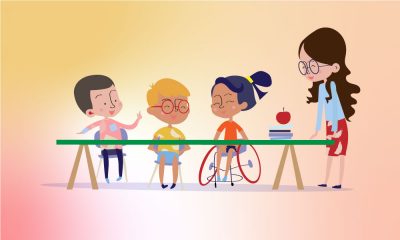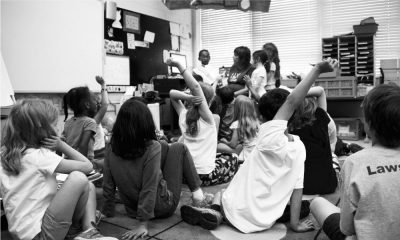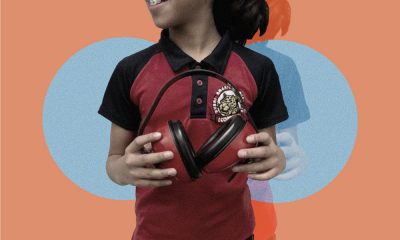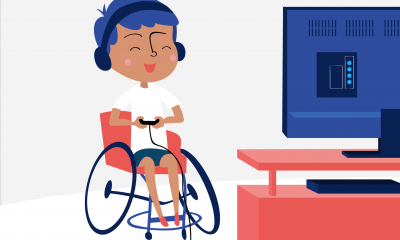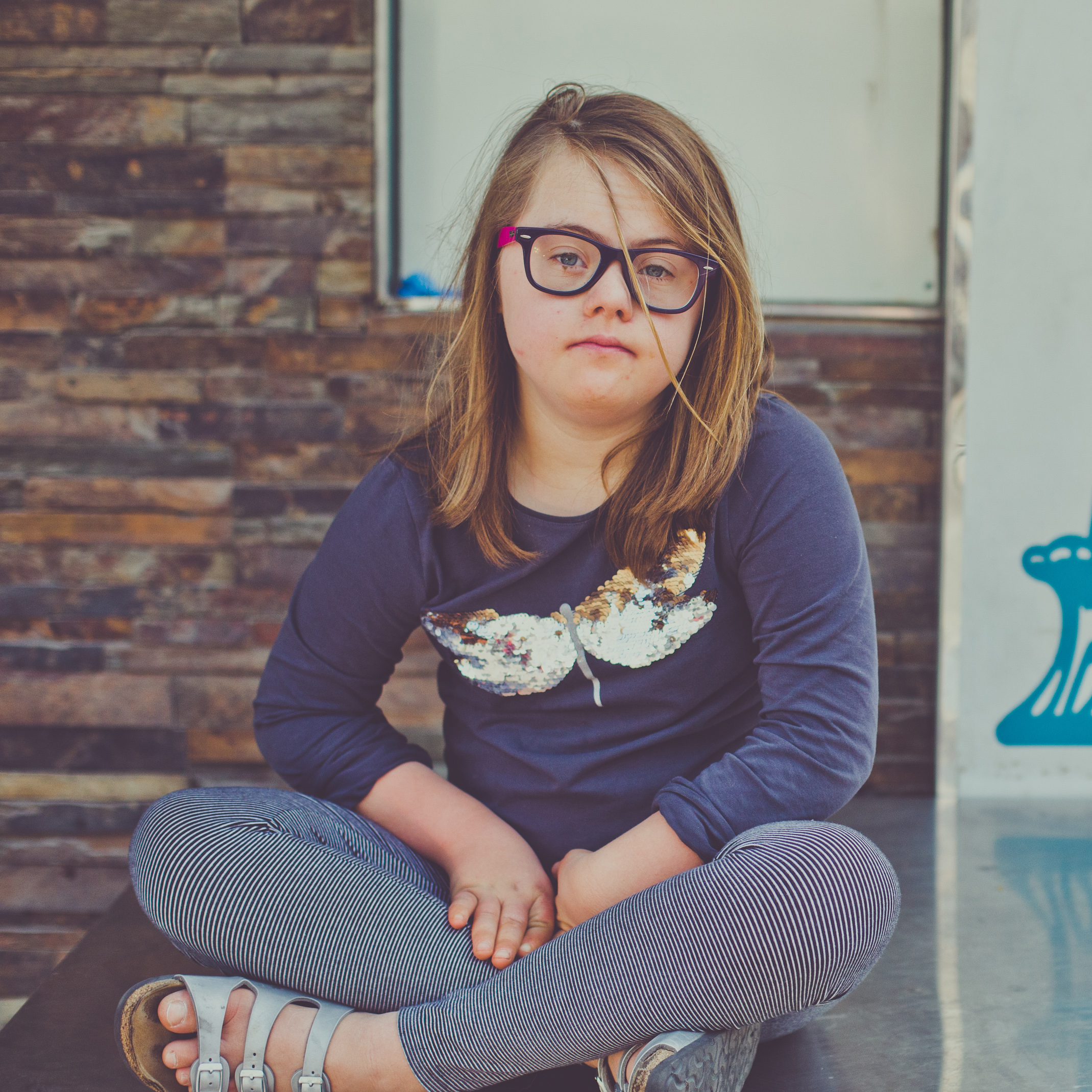Inclusion
How to Cope With Back-To-School Worries for Your Child With Special Needs
There are concerns regarding regression of skills, behavioural and attention issues and overall well-being.
Back-to-school: a phrase usually associated with equal measures of excitement, dread, planning and last-minute scurrying. This year, a little more dread and uncertainty than usual understandably and so many questions with no right answer.
Let’s face it — during distance learning, learners with special educational needs and disabilities (SEND) and their carers have struggled. Loss of multi-sensory learning, fewer opportunities for repetition and generalization, and the novelty of connecting with learners through a screen, have thrown a curveball for many. There are concerns regarding regression of skills, behavioural and attention issues and overall well-being.
Fast forward to the new academic year, the dilemma of distance versus blended versus face-to-face learning is one that each unit will have to consider and choose for themselves. As families prepare for the upcoming academic year, here are some tips that will hopefully make the transition back-to-school, in whichever way, easier for everyone:
Focus on transition planning for your child
In simple terms, consider the possible areas where your child will most likely need additional support to achieve a smooth transition to school whether that’s academic, social or emotional. Refrain from listing everything that could possibly go wrong! Think of the ways in which you could prepare for any initial teething problems such as anxiety over first-day separation, sitting for lessons for more than a few minutes, or being shy in front of peers.
Read up and consider the value of transitional objects such as a preferred, soft item that your child could take to school during the initial days, as a source of comfort and security.
Preparation is your best ally at this point. It might be a good bet to check-in with the SEN/inclusion team at school first — ideally, most schools will have some mechanisms in place to support the transition of learners’ with SEND. If not, don’t hesitate to read up and consider the value of transitional objects such as a preferred, soft item that your child could take to school during the initial days as a source of comfort and security, and incorporate play including role-play, building a Lego classroom, drawing what school/class may look like during the socially-distanced era during the transition. It’s a good time to discuss and share information with your child in accessible forms. This could take the form of a discussion, a visual calendar where you count down days till school reopens — children often love rip-off calendars or simple steps of getting back into school routines or even a social story.
Teach self-care skills
Many learners with SEND struggle with daily living skills, especially related to personal hygiene, which could be adding to your worries. Teach and reinforce skills such as hand-washing, social distancing, wearing masks independently as much as possible — use modeling, videos, visual checklists, dress-up dolls, timed tasks frequently especially during the early stages of teaching. Positive association with an activity will ensure retention and motivation.
The power of relationships during transition is absolute gold!
Do not get disheartened with a lack of resources or time to plan for the back-to-school transition. Maintaining a sense of safety, security, trust and belonging is the most powerful intervention for your child. Emotion talk-time, hugs (which secrete oxytocin: the happy hormone), familiar faces, a key person at school — these are all easy, cost-effective and evidence-based techniques. A secure relationship acts as a safety net for a child. Note: your child may seek additional physical affection at home to compensate for its lack thereof at school.
Be mindful of the overlap between both yours and your child’s worries
Ensure that you have the time and space to address both of these. Do not assume that your child will have a difficult time — hold out hope that your nurture and support networks will contribute to a smooth transition. Reach out to other parents where you possibly can. Consult a professional if you are feeling too overwhelmed or if your child is struggling in their back-to-school journey.
Also read: No Lunch Breaks and Extracurriculars: How Indian Schools Are Planning to Reopen
The fact that you have reached the end of this article, taking the time to click on the link and read this piece says a lot about your concern and connection for your child. It is completely OK to not know the ‘right’ thing to do. Have faith in yourself, your child, and the school. Aim to focus on just one tip from the above as a starter and remember what they say about the journey of a million miles!
Dr. Diksha Laungani is a Dubai-based educational psychologist at The Carbone Clinic and training specialist at Sunshine Learning Difficulties Center. She is passionate about hearing the voices of children and young people of determination and promoting their self-determination.


